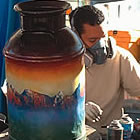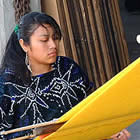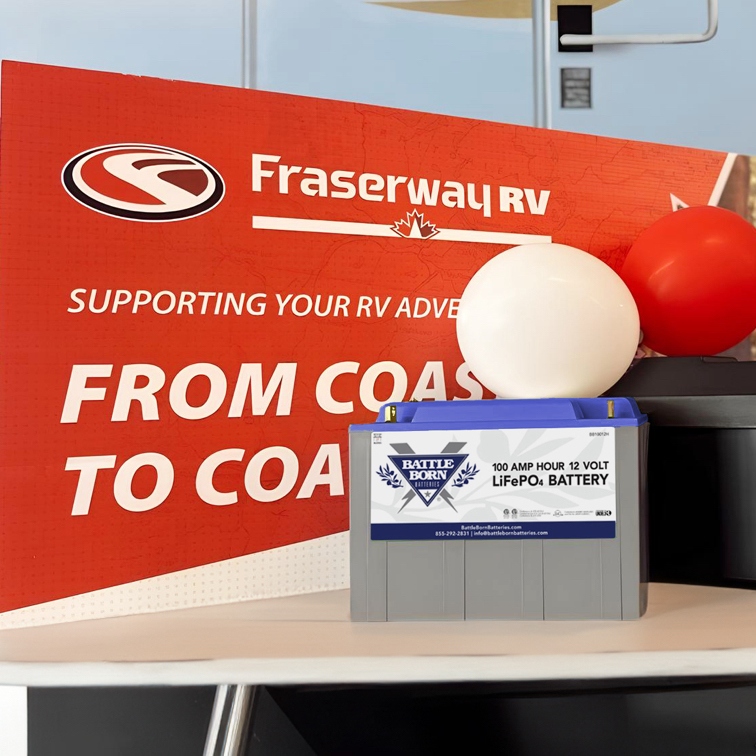The ghosts of peoples past
Lynne Benjamin ponders the remains of the lost civilization at Gila
You know they were there because of what they left behind: skeletons of dwellings that they called home; bits of vessels that held their food and water; enclosures that might have been meeting places. All types of structures remain, and we can only guess at their uses.
Who were they? Where did they come from? How did they live? Did they farm? Did they hunt and gather? What happened to them?
They may not be our ancestors but they are the ancestors of the land. Ancient native ruins are scattered throughout the entire American southwest.
The Gila cliff dwellings are about 45 twisty, winding miles north of Silver City, in southern New Mexico. Supposedly the Mogollon people, known for their pottery, pit houses and agriculture, built and lived in these sophisticated shelters.
The dwellings were built in natural caves, and the Gila wilderness is rich in wildlife and natural resources (like wood, clay for masonry and pottery, fertile soil and water) that are conducive to survival. Apparently the cliff dwellings were only occupied for a short period of time (from the 1270’s to 1300’s), maybe for only one generation.
Archaeologists have no idea why these dwellings were abandoned but speculate that the intrusion of the Spanish or other peoples may have been a strong contributor.
Taking a tour
We visited two of the dwelling sites: a smaller cave—probably a single-family dwelling—and a larger cave with a complex arrangement of rooms. Wandering through this apartment-like space I could just envision men, women and children going about their daily lives.
My thoughts are that the caves might have been used for winter shelter. As the weather changed, the people found that the caves did not give them the level of protection they needed, or perhaps the population outgrew the space and resources.
The more I learn about the ancient peoples, petroglyphs and pictographs, the more I realize how little is actually known and how much is speculation.









